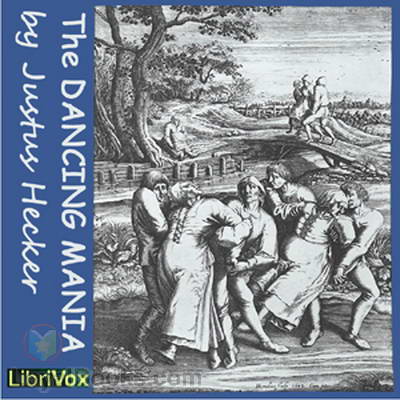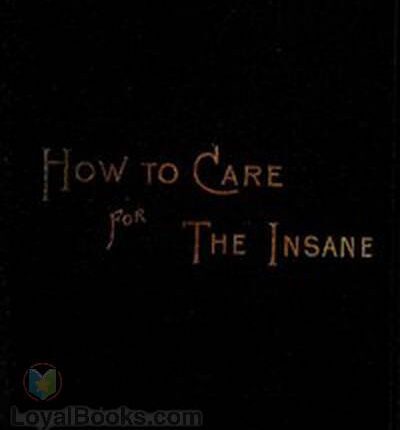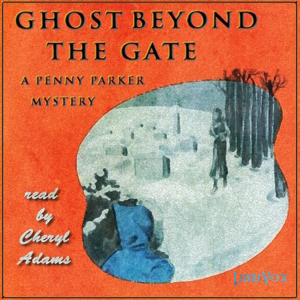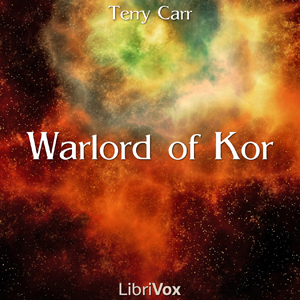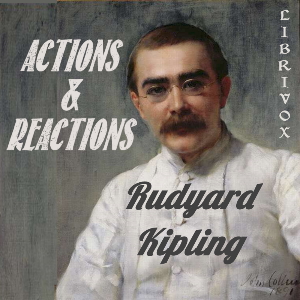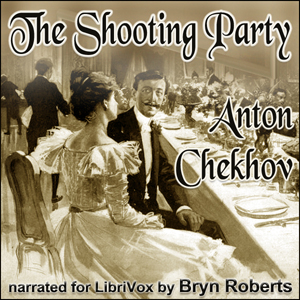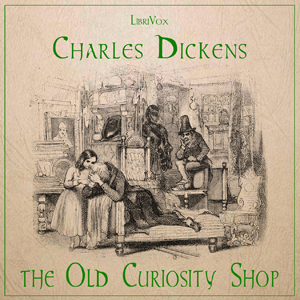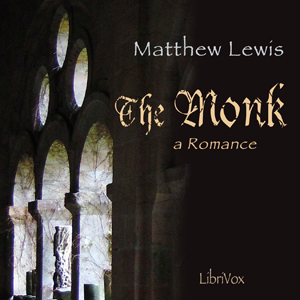Description
By: Justus Hecker (1795-1850)
The Dancing Mania by Justus Hecker is a fascinating exploration of a little-known phenomenon that swept through Europe during the Middle Ages. Hecker delves into the various outbreaks of mass hysteria that occurred, where large groups of people would suddenly start uncontrollably dancing for days on end.
The author provides a thorough examination of the possible causes of the dancing mania, including theories of mass psychogenic illness, religious fervor, and even ergot poisoning. He also discusses the social and cultural implications of these outbreaks, highlighting how they often led to both fear and fascination among the general population.
One of the strengths of Hecker’s work is his ability to bring the historical events to life through vivid descriptions and engaging storytelling. He paints a vivid picture of the chaos and confusion that must have reigned during these episodes, making it easy for readers to imagine themselves caught up in the midst of the madness.
Overall, The Dancing Mania is a thought-provoking and riveting read that sheds light on a lesser-known aspect of medieval history. It is sure to captivate anyone with an interest in psychology, sociology, or the quirks of human behavior.
Book Description:
Numerous theories have been proposed for the causes of dancing mania, and it remains unclear whether it was a real illness or a social phenomenon.
One of the most prominent theories is that victims suffered from ergot poisoning, which was known as St Anthony’s Fire in the Middle Ages. During floods and damp periods, ergots were able to grow and affect rye and other crops. Ergotism can cause hallucinations, but cannot account for the other strange behaviour most commonly identified with dancing mania.
Many sources discuss how dancing mania, and tarantism, may have simply been the result of stress and tension caused by natural disasters around the time, such as plagues and floods…people may have danced to relieve themselves of the stress and poverty of the day, and in doing so, attempted to become ecstatic and see visions. Sources agree that dancing mania was one of the earliest forms of mass hysteria, and describe it as a “psychic epidemic”, with numerous explanations that might account for the behaviour of the dancers.
Another popular theory is that the outbreaks were all staged, and the appearance of strange behaviour was down to its unfamiliarity. Religious cults may have been acting out well-organised dances, in accordance with ancient Greek and Roman rituals. Despite being banned at the time, these rituals could be performed under the guise of uncontrollable dancing mania.
Justus Hecker, a 19th-century medical writer, described it as a kind of festival, where a practice known as “the kindling of the Nodfyr” was carried out. This involved jumping through fire and smoke, in an attempt to ward off disease.
It is certain that many participants of dancing mania were psychologically disturbed, but it is also likely that some took part out of fear, or simply wished to copy everyone else.
Although dancing mania was something confined to its period, some have identified modern-day activities that display some of its characteristics. It has been suggested that raving, an activity which became popular in the latter half of the 20th century, features characteristics of dancing mania. For example, raves may involve activities that onlookers consider odd (such as partying all night), the use of drugs to bring on hallucinations, and participants who are part of a subculture. (Introduction from Wikipedia, slightly adapted.)

